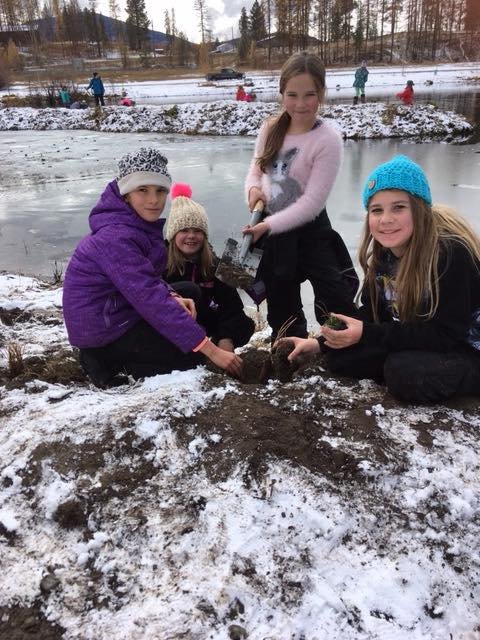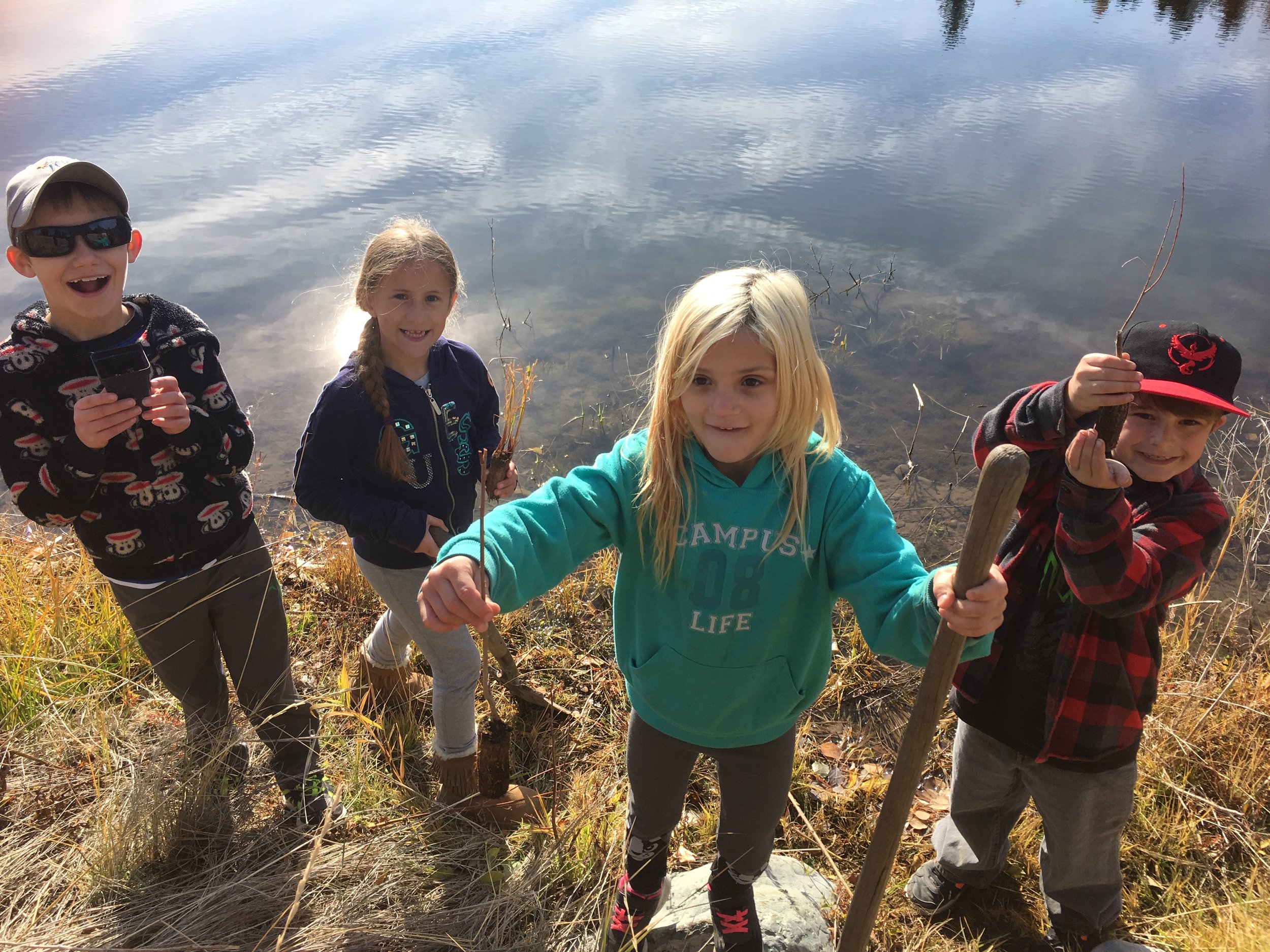History and Information
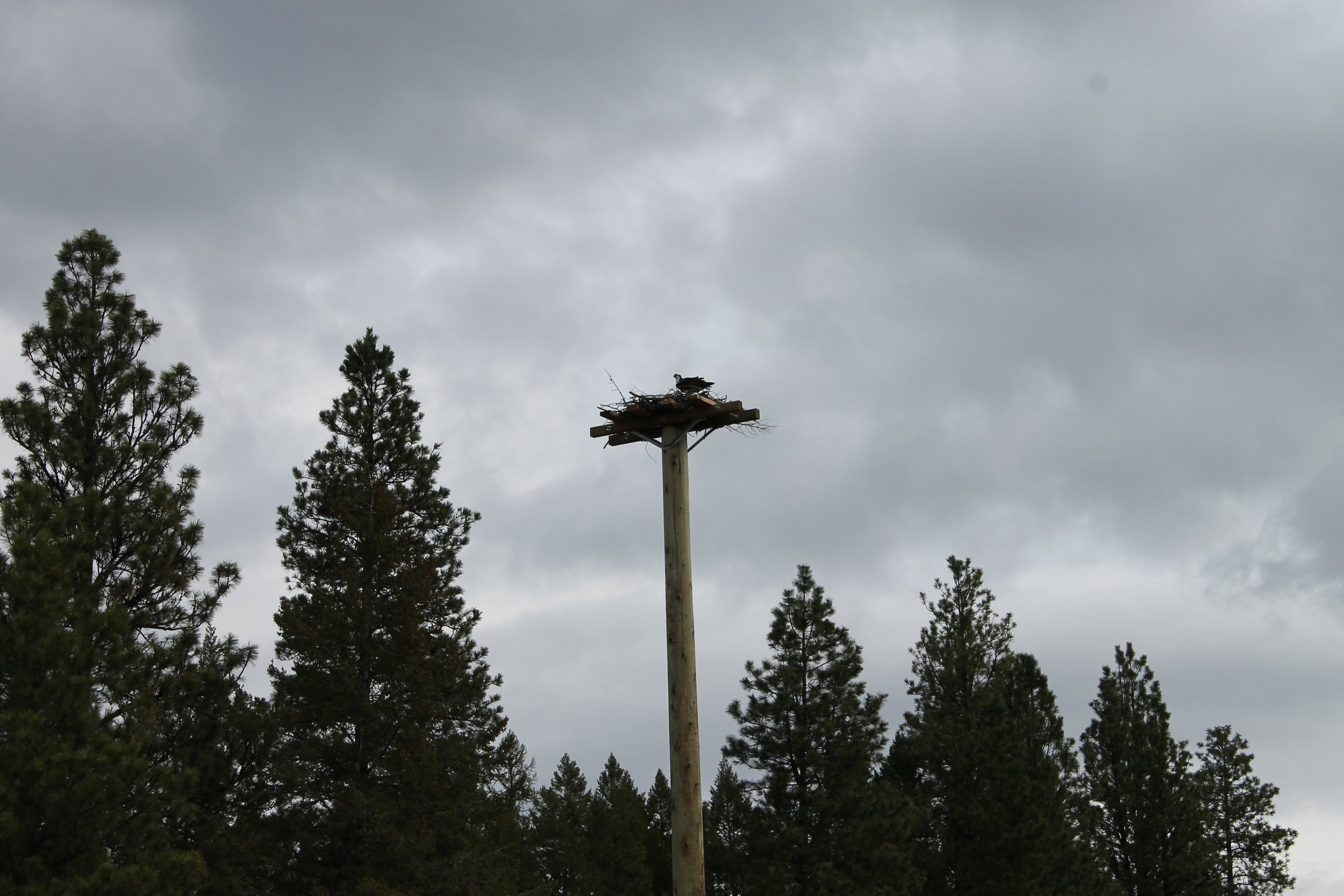
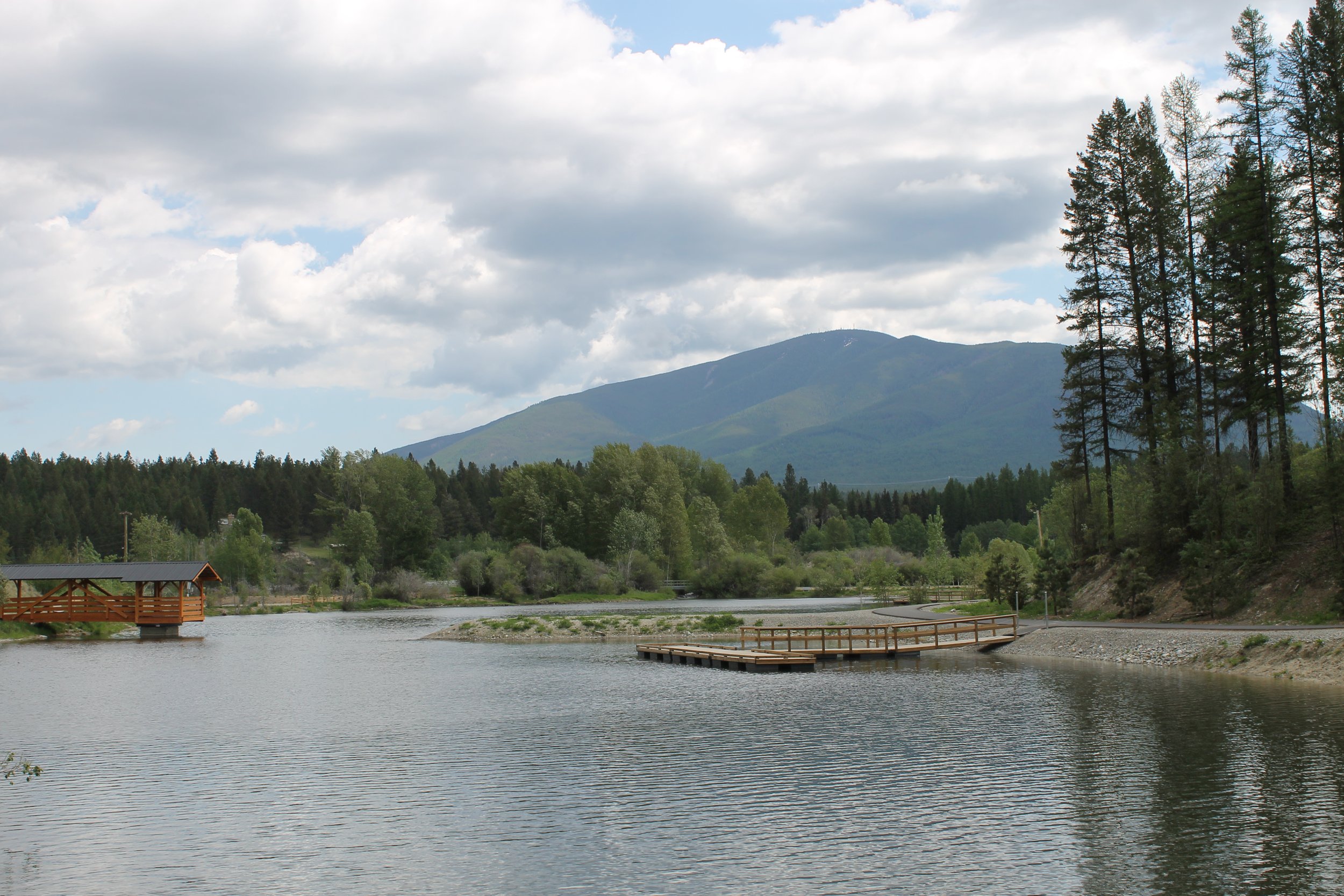
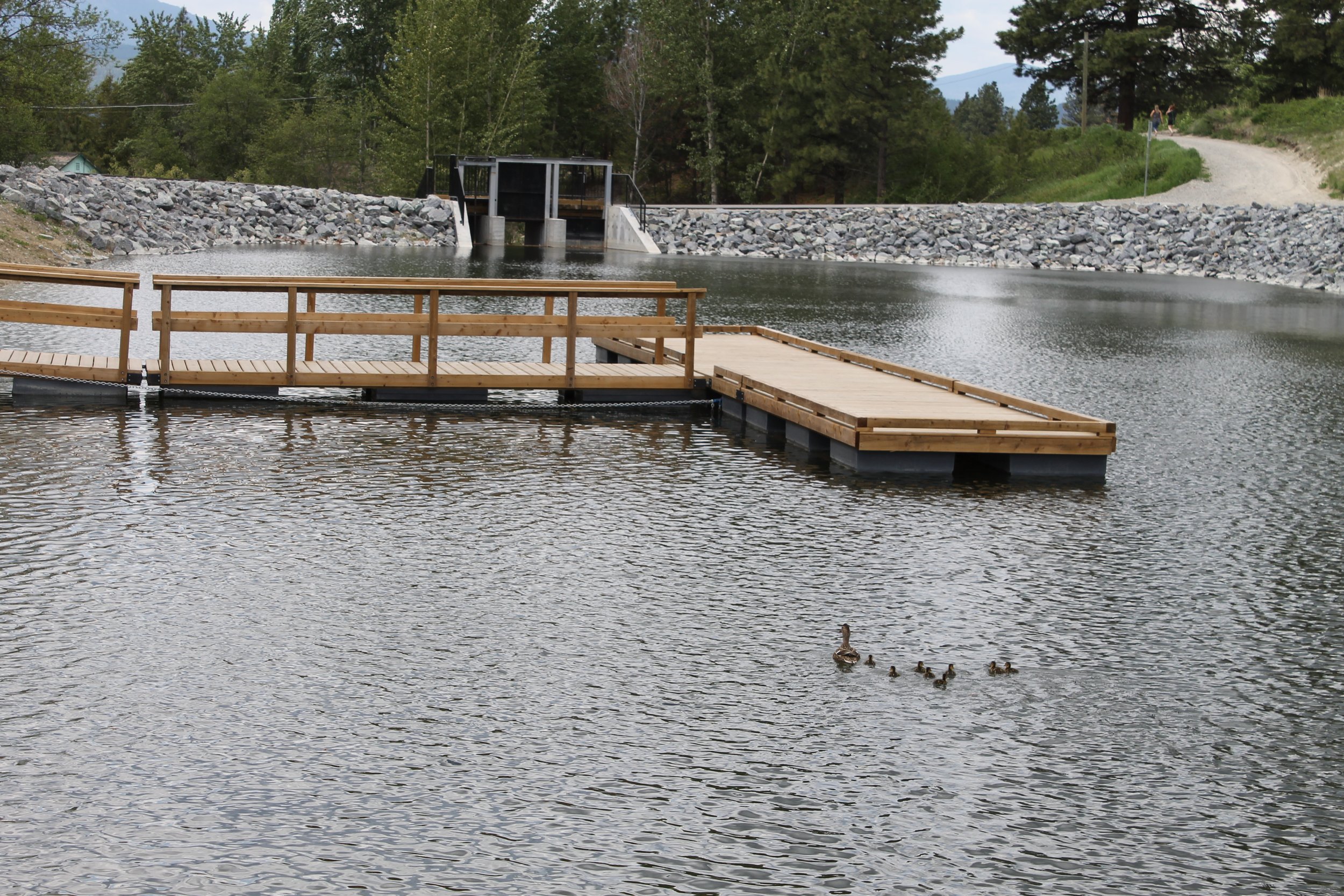
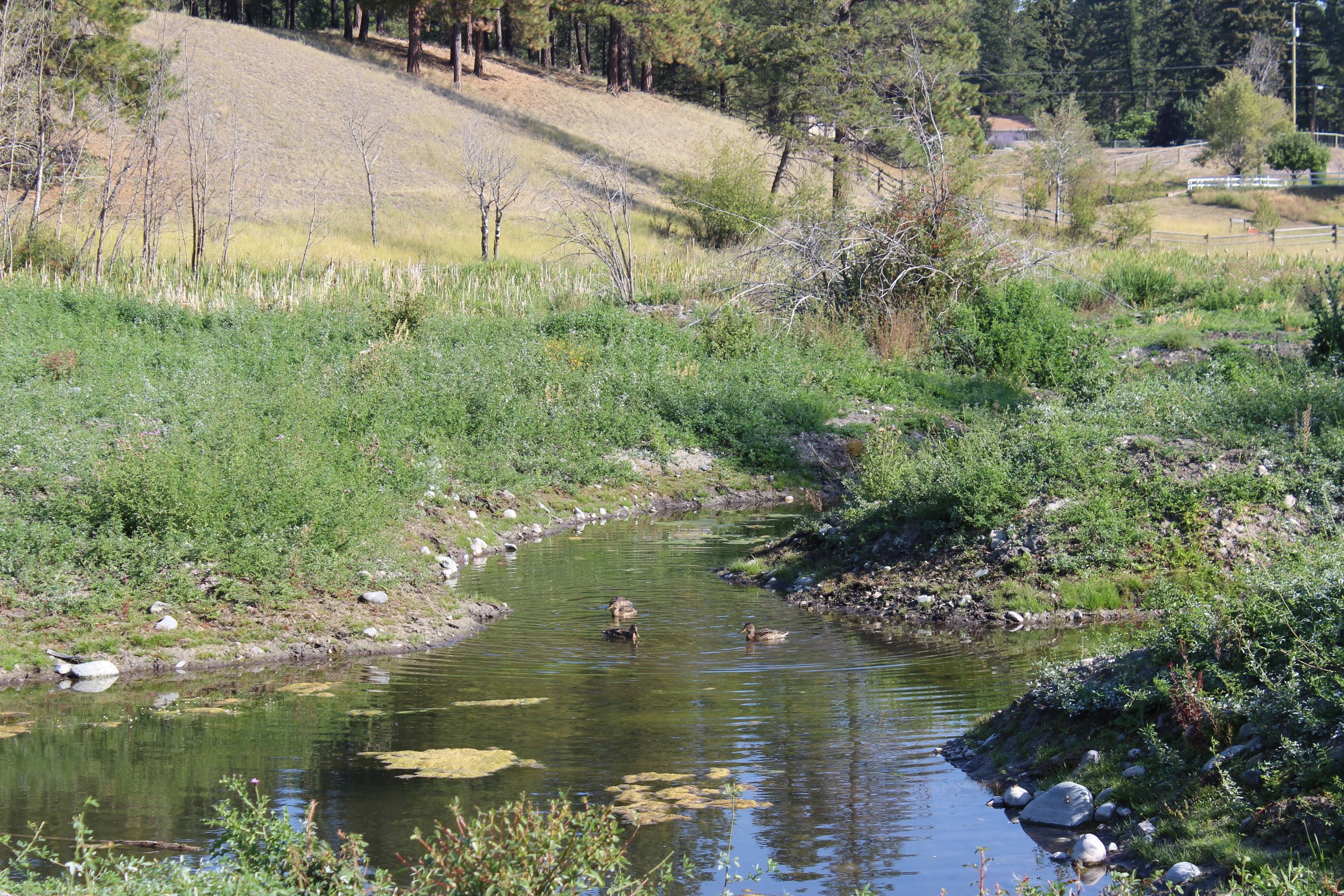
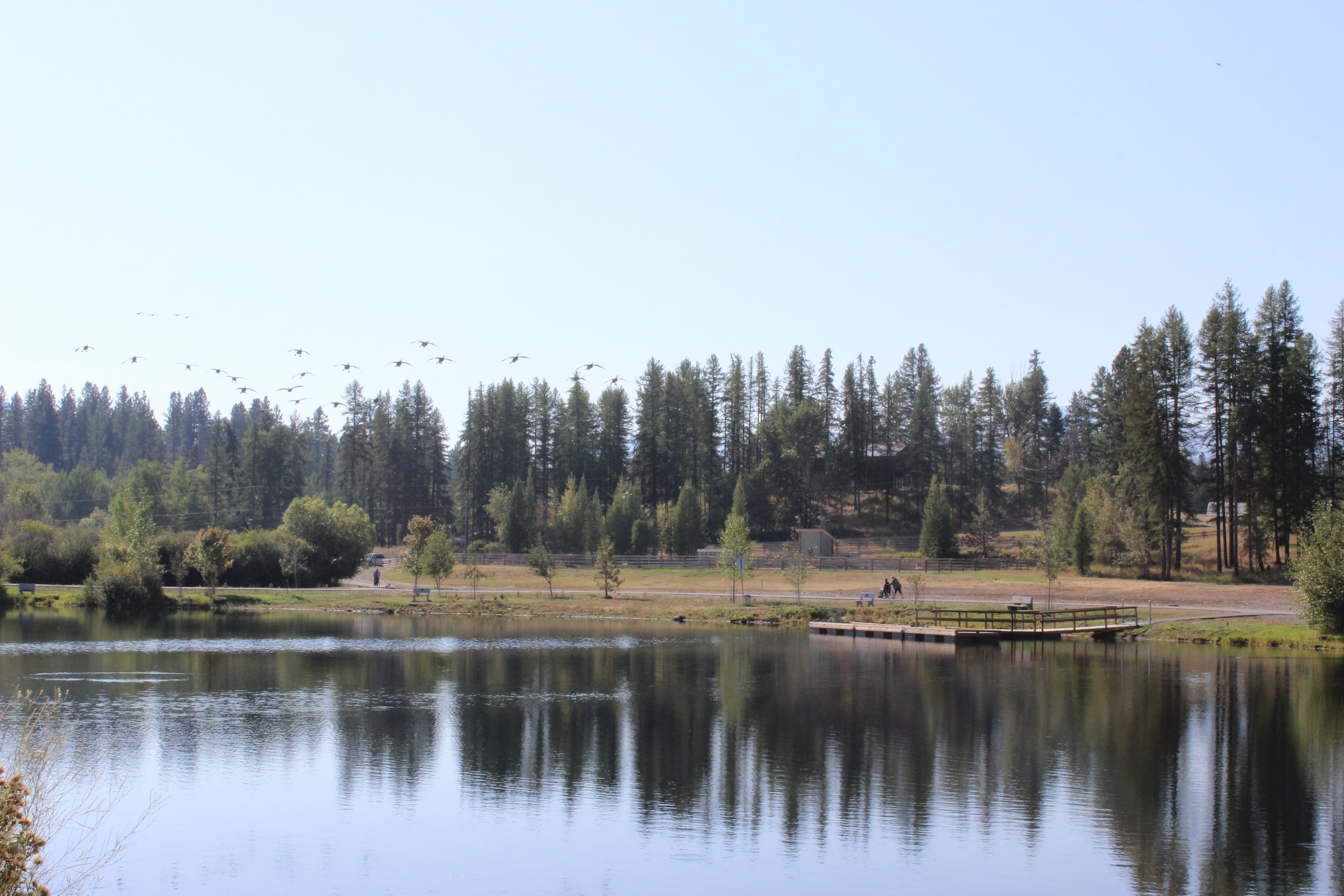
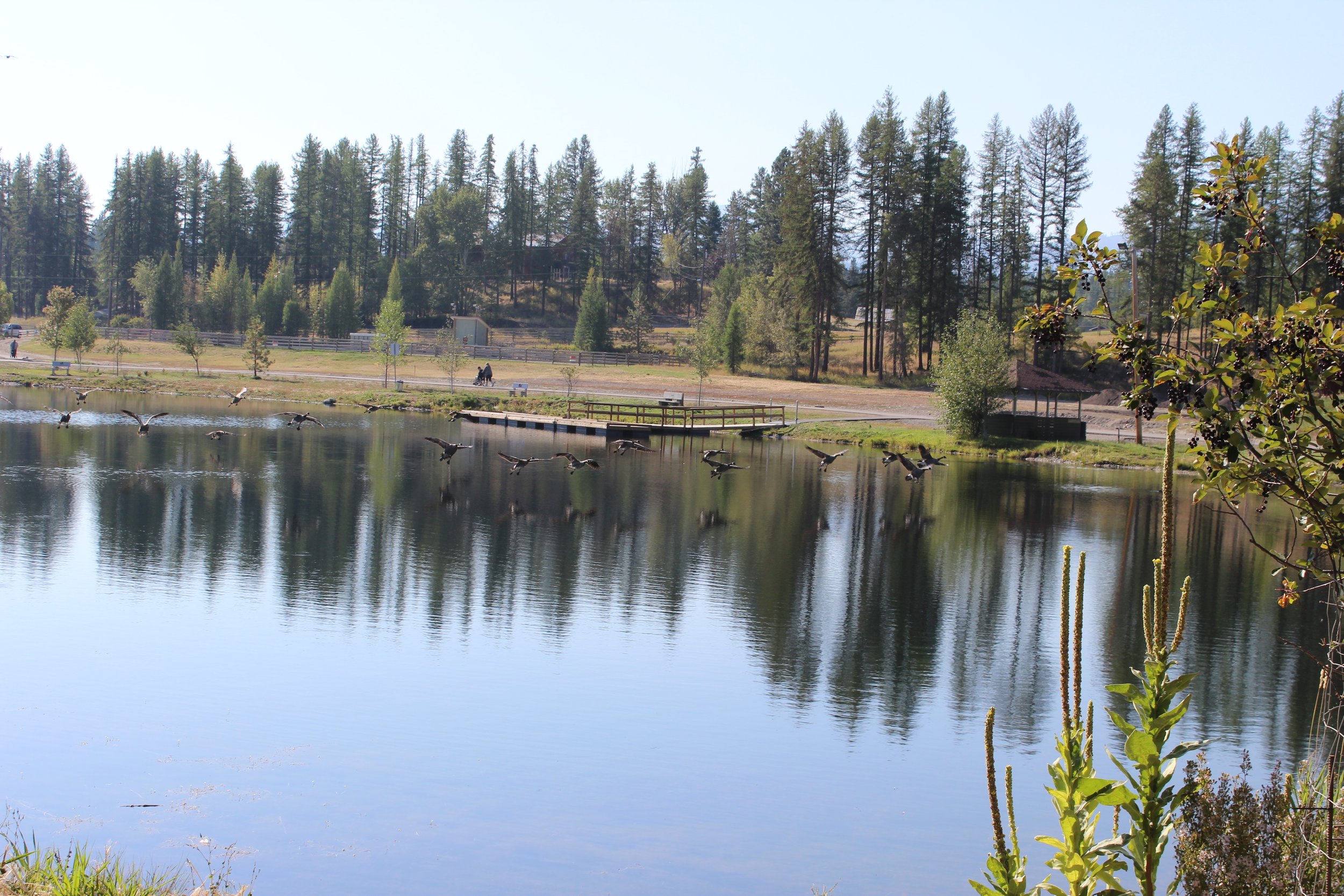

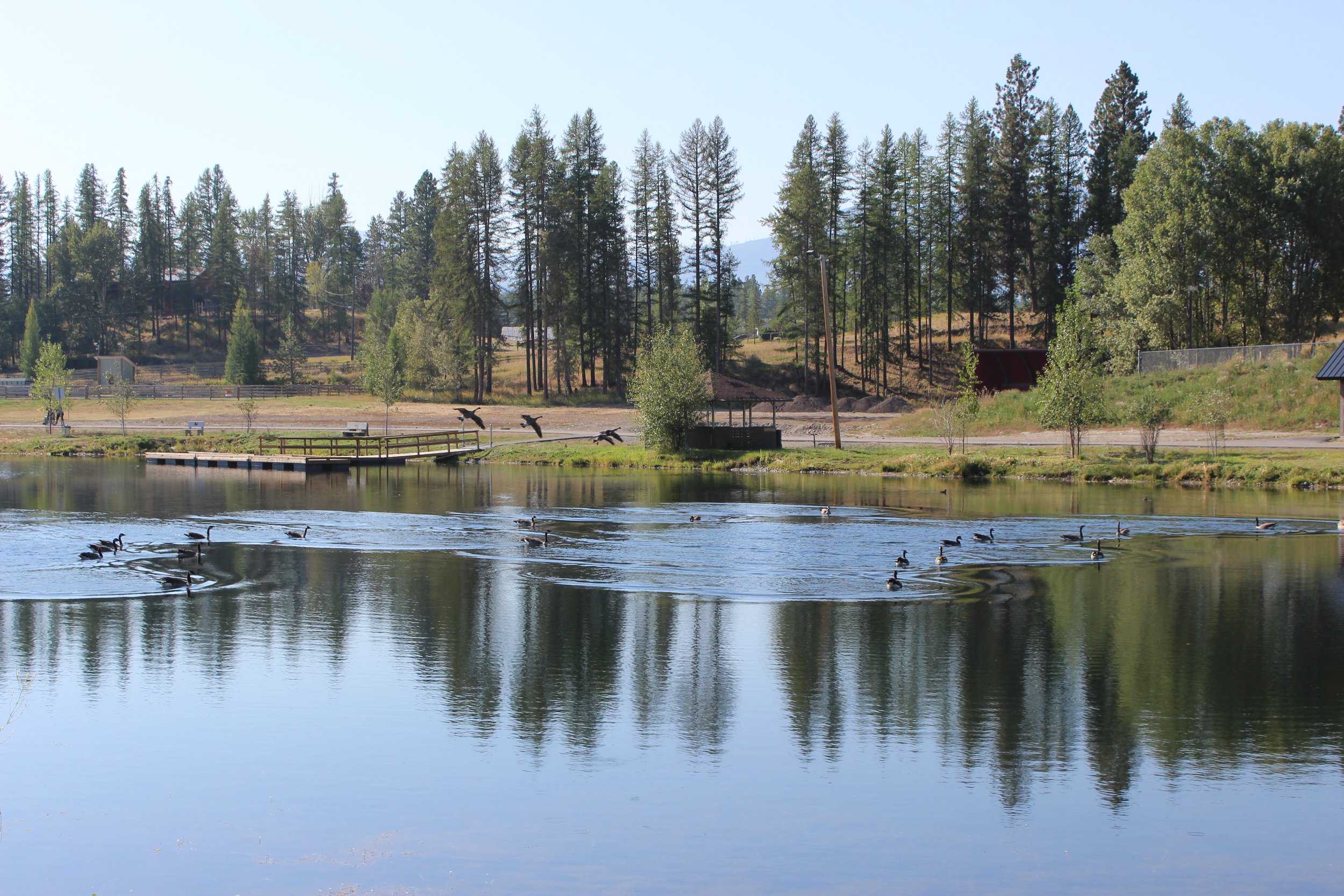
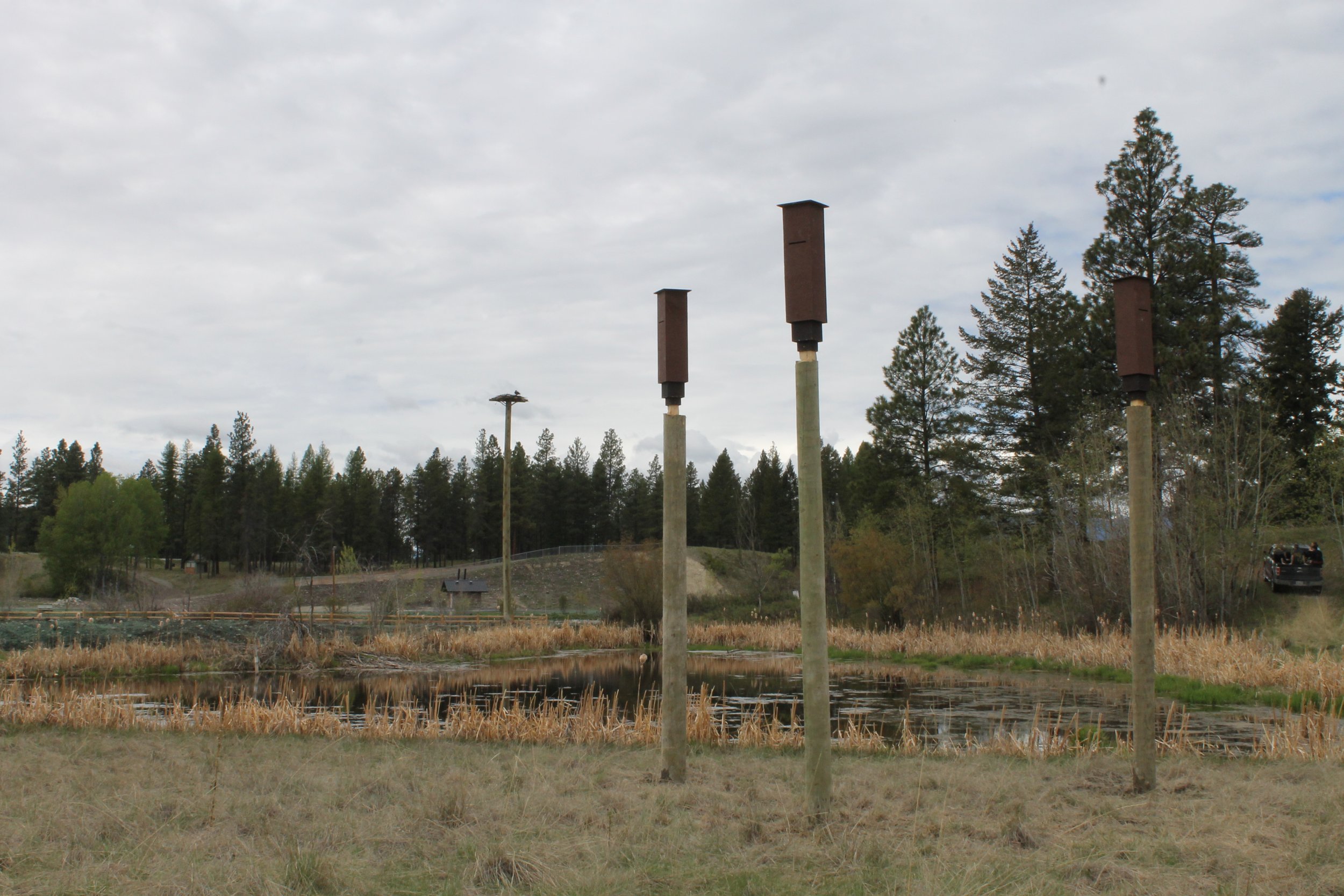
The Idlewild Park Story
In the 1920s, Joseph Creek was dammed and the Idlewild reservoir was created. It was the primary source of drinking water for the city of Cranbrook until the mid 1970s when Philip’s reservoir was built. In 1975 Idlewild dam retired as a drinking water source and was turned into a community park. In 2016, after the dam was deemed unsafe, the park began to see major transformations.
The area was improved with a new bypass intake structure, underground bypass pipeline and dam/spillway which led to a cleaner, deeper pond and rejuvenated park area. Idlewild’s dam wasn’t the only thing that was outdated and in need of upgrading. Many of the amenities in the park were at the end of their lifespan including the fishing piers, washrooms, park furnishings, and playground have been upgraded as well.
The goal of the Idlewild dam revitalization project was to create a park for people to enjoy and a wetland for wildlife to make a home. As part of the overall vision to improve the habitat quality of Joseph Creek, many enhancements have taken place in the wetlands around Idlewild Lake. These wetlands bridge the areas between aquatic and terrestrial environments and provide numerous functions and values to improving the health and biodiversity of the entire ecosystem. A healthy wetland will filter water as it passes through, improving overall water quality while also recharging the groundwater aquifers, stabilizing shorelines and helping with flood control and or water storage. Keep your eyes open for a chance to see such species such as the western painted turtle, ospreys, otters, and one of hundreds of birds identified in the park.
Columbia Outdoor School has been involved in restoring Idlewild park to its natural ecosystem as part of The Restore Joseph Creek Project. Throughout October 2017, Columbia Outdoor School hosted the Community Get Out Program, which attracted nearly 3000 students from School District #5 to come assist in removing invasive plants and replanting with native species.
The creation of the marsh area involved shaping the space to create channels for water flow, mounds and islands for wildlife use, removal of noxious weeds, and planting of local flora. Local students planted over five thousand grasses, shrubs and trees in the marsh and around the shoreline of the lake. These shoreline plantings create the shade necessary to help regulate the lake temperature, in turn providing better habitat for fish and aquatic life in the lake.
A Future for Wetlands
Did you know that Canada is home to 25% of the world’s wetlands and that they cover 13% of Canada’s terrestrial land? Why is this so significant? Because wetlands are vital for humanity! They provide most of our freshwater. Only 2.5% of water on earth is fresh, mostly stored in glaciers; less than 1% is usable and of that 1%, 0.3% is found in wetlands.
Wetlands also store more carbon than forests. Coastal wetlands sequester and store carbon up to 55 times faster than rainforest. Wetlands also help protect communities from storms and floods. A single acre of inland wetland can store up to 1.5 million gallons of floodwater.
Wetlands are also a source of livelihood with more than a billion people living from fishing aquaculture and tourism. Finally, wetlands provide critical habitat for a huge variety of flora and fauna.
Now that we’ve properly acknowledged the value of wetlands, here’s the bad news. Wetlands are being lost three times faster than forests and more than 80% of all wetlands have disappeared since the 1700s. In Southern areas of Canada, 70% of wetlands have been lost or degraded. As a results, many wetland species are sadly facing extinction.
